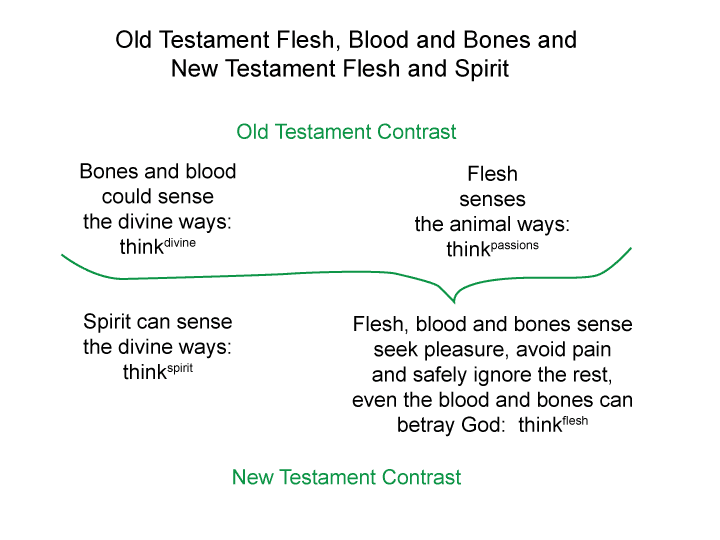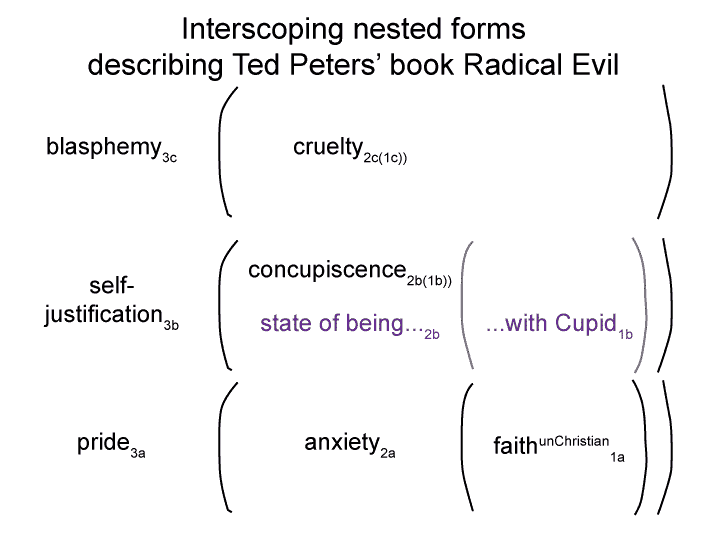Man and Sin by Piet Schoonenberg (1964) 2.3 AS
[In considering these two applications, I capture a key difference between an infrasovereign and a suprasovereign religion.
The metaphor of blood and bones, applied to the person, builds character.
The same metaphor, applied to society, interpellates the person into an (infra)sovereign religion.
One tells the person to breathe, because the flesh, blood and bones belongs to the person.
The other paralyzes. The blood and bonds belongs to the sovereign. The people are weak and fleshy. Also, the sovereign serves as artificial lungs.
This raises the question:
When I hear the metaphor of ‘flesh versus bones’ how am I to tell the difference between the two options?]


